Deborah R. Fowler
RBD Platonic Solids
Study
Posted on July 3 2020
Updated on July 9 2020
Tags: platonic solids, dop
copy objects, RBD instanced node, RBD material fracture,
glass, shattered glass,vex, dihedral, crackedtransform,
polywire, RBD connected faces, RBD disconnected faces
Working with RBD and the new RBD material fracture I decided to further explore RBD instances, shatter, dop object copy and glass. Glass can now be made so that it does not look like it is shattered before your impact strikes, but does take a few more nodes. The example file provided in the documents is for the "sop level dop", however I needed to adapt it to the "dop level dop" so that I could continue with my existing simulation. Details are given below.
The bullet solver is more efficient with convex hulls, so banking on the use of the dop object copy learned from the Galton Board, I used this for a procedural way to be able to easily manipulate and extend the simulation for a tetrahedron, octahedron, and dodecahedron,
Below are the results for tetrahedrons, octahedrons, and dodecahedrons. The process included challenges with use of convex hulls versus concave, polywire, shattering glass and active objects. I discuss the process below with some of the interesting things I ran across.
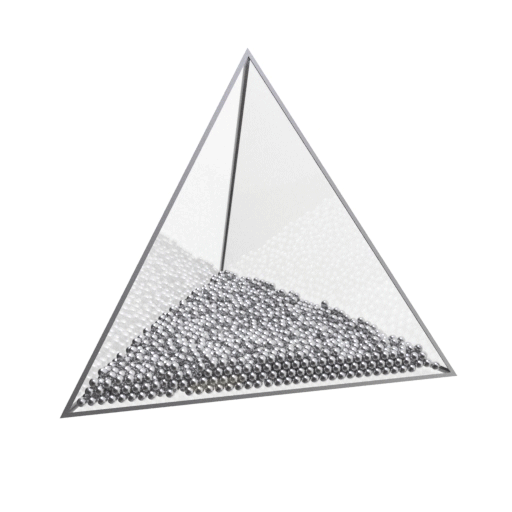
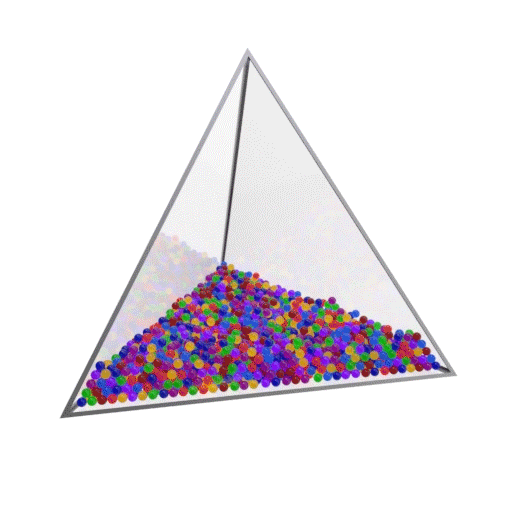
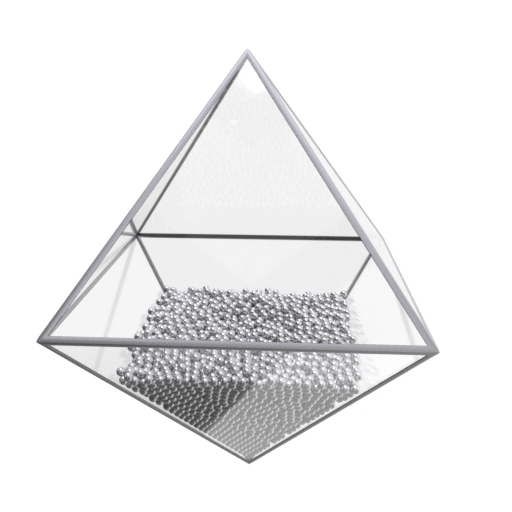

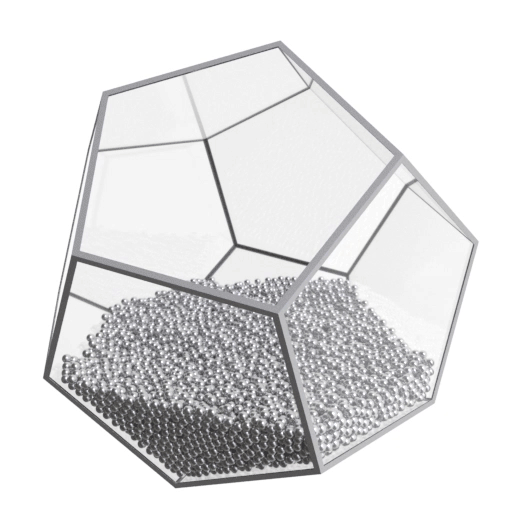
This all started from feeling "boxed-in" so for fun I "flipped flip" or "rotated roberto" which lead to my platonic solids study (and yes, alliteration).
After studying platonic solids for the week I found that I see them everywhere. The photograph was taken on a summer Sunday in June 2020 at the Swan Lake Iris Garden in Sumter, SC.
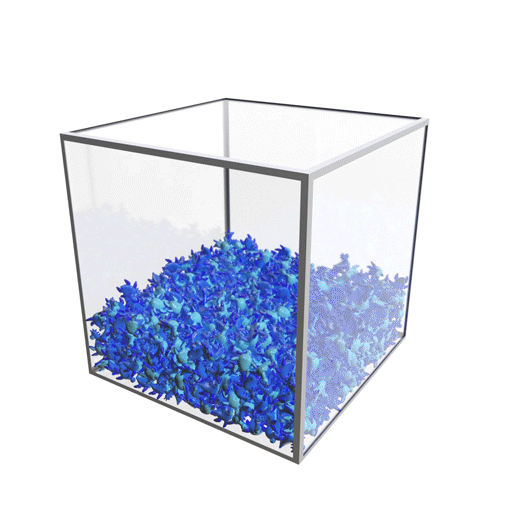

This quickly became an exercise in glass, shattering, and constraints with moving objects. After "flip in a cube", I proceeded to other platonic solids, using vex functions and copying facets to points I created convex hull collisions for platonic solids. This worked well until I came up with the idea to shatter. I had made the convex hulls oversized so when I fractured the shapes this interfered. I reverted back to using concave, although not as efficient. The next step was to shatter the glass - then adding constraints. I decided also to use static shards (active set to zero) on the edges. This caused some interesting challenges with respect to constraints and rotation. The inactive objects do not move. At all. Change the option in the RBD packed object to Deforming Active Object problem solved!
Surprisingly polywire did not work flawlessly on all platonic solids for the frame. With a bit of deleting and mirroring it still was useful.
Useful nodes: RBD material fracture, RBD connected faces, RBD disconnected faces
Useful vex functions: dihedral, cracktransform
Hint: you can paint custom attributes on glue constraints created from shelf tool by locking
Example set up of glass appearing to be in one piece after shattering in RBD dops (SideFX documentation as mentioned has a RBD sop version example):